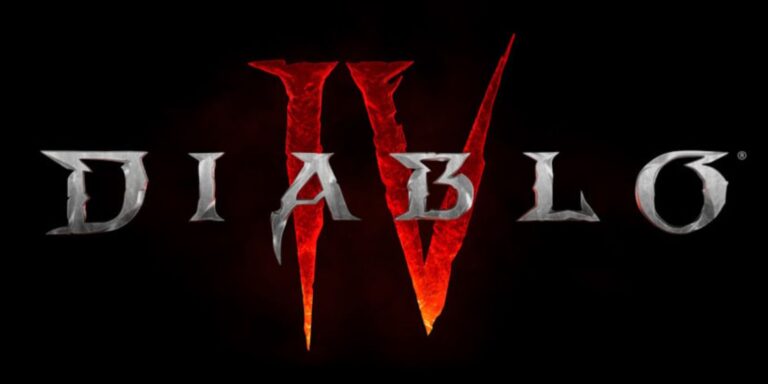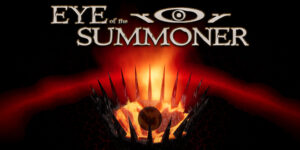Diablo IV’s Accessibility Overhaul Sets New Industry Standard


Diablo IV is breaking new ground in the gaming industry by redefining what it means to make a game accessible. With sweeping updates driven by passionate developers, Blizzard has introduced a robust suite of features aimed at making the game more inclusive for players with a wide range of disabilities.
From audio navigation tools to screen readers, Diablo IV’s new systems have over 50 accessibility features that reflect a commitment to ensuring that every player has the chance to enjoy the game fully.
“Our mission has always been to create a world where everyone can experience the thrill of Sanctuary. While there is still more to do, I’m proud of what we have accomplished so far and excited to share this view into how we ensure every player feels welcome, heard, and empowered,” said Drew McCrory, Diablo’s lead accessibility designer.
This video was released by Blizzard Entertainment to honor Global Accessibility Awareness Day 2025. It offers a look into the work of the designers, engineers, and test analysts who bring the many features into Diablo IV, making the game’s 8th season more accessible than ever.
Jump to:
Visual and Physical Accessibility Take Center Stage
Over the past year, Diablo IV has seen a significant expansion in its accessibility toolkit. The game now includes 20 different visual accessibility features alongside six physical accessibility options. These tools are designed to support players with a range of visual and physical needs, enabling a broader demographic to participate in the game’s vast world.
One of the key features is an auto-pin function, which automatically marks new quests, reducing the need for manual map navigation. Complementing this is a navigational compass designed to offer subtle, yet effective, directional support without overwhelming the visual experience. These enhancements help players stay immersed in the environment while navigating with greater ease.
“As a gamer with no vision whatsoever, I think that when you take into consideration implicit accessibility and explicit accessibility, that really bridges that gap when it comes to player agency and competitive equity. You really are changing lives,” said Mae, a visually impaired gamer who’s managed to beat Lilith in Diablo IV – the hardest boss in the game.
Audio Assistance Built With Precision
A standout feature in Diablo IV’s accessibility update is the audio-based navigation system. Known internally as sonar navigation, it allows players to place pins on the map and then follow directional sound cues to their destinations. The system uses layered audio tones that provide feedback based on the player’s position and heading, guiding them with increasing precision as they get closer to their target.
Blizzard’s audio team, led by sound designer Christian, engineered custom tones using synthesizers and sound layers inspired by natural sonar and gem tones. These sounds were crafted to avoid listener fatigue and provide clear, intuitive feedback. The goal was to create audio cues that were both effective and non-disruptive, enhancing gameplay without sacrificing immersion.
Screen Reader Integration Elevates UX
The implementation of a responsive screen reader has transformed how blind and low-vision players interact with Diablo IV. Unlike cloud-based options that introduce latency, the embedded screen reader was built for speed and fluidity. It responds instantly to player inputs, helping users navigate menus, identify actionables, and react to real-time combat scenarios.
Developers worked closely with the UX pipeline to ensure that the screen reader could adapt to new content. This includes custom read orders for complex UI screens like the armory and wardrobe, ensuring that blind players can build a complete mental map of their surroundings. The team’s work has enabled fully blind users to navigate the entire campaign using only audio cues.
Testing, Iteration, And Community Impact
Behind every feature is an intensive collaboration between testers, designers, and engineers. Test Analysts like Brock Davies and Andrey Kizimenko were integrated into development early on to ensure that each new tool not only functioned properly but also felt right to use. From bug triage meetings to long-term test planning, accessibility was treated as a fundamental design pillar, not an afterthought.
The team also worked directly with focus groups, including communities like Sightless Slayers, to gather feedback and iterate rapidly. The results speak for themselves. Players with no vision have defeated top-tier bosses like Uber Lilith, proving that Diablo IV’s accessibility features go beyond checkbox compliance – they deliver real agency and competitive equity.
Commenting on Blizzard’s “Seeing Beyond” video, RustedSku11 wrote: “I think the best part of the Diablo team working on opening this game up to more people is that it may encourage other studios to do the same thing and enjoyment of games can be experienced by more people.”
Blizzard’s approach to accessibility in Diablo IV sets a new benchmark for the industry by prioritizing inclusive design. For many, Diablo IV is no longer just a game – it’s a gateway to an experience that was previously out of reach.

















